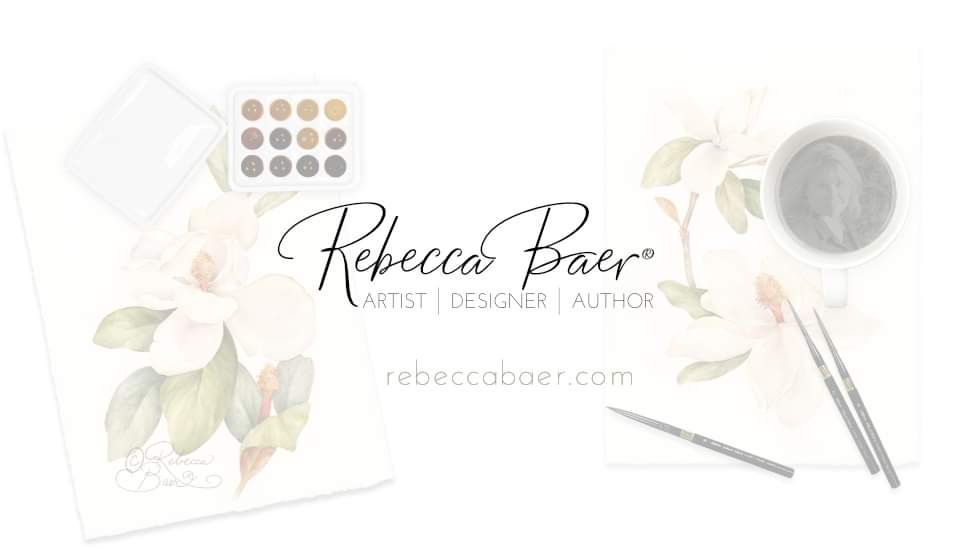Place the stencil flat on a tray and cover with Antibacterial Gel (hand sanitizer). Gently rub the cleaner over the stencil with your fingertips to remove the paint. Disperse the gel with liquid soap. As long as the stencil remains on the wet, flat surface, you may use a brush to gently clean the openings. The wet surface will cause the stencil to hold fast to the flat tray and avoid damage caused by lifting. Rinse the stencil well and lay it flat on a towel to dry. Never clean your stencil without first placing it on a flat surface to avoid bending or creasing the stencil.
There is no rush to remove regular acrylic paint from the stencils. The alcohol-based sanitizer will soften dried paint. If you have allowed several layers to build up on your stencil you can soak them in the sanitizer to facilitate removal. To do this layer the stencils on the tray. Coat each layer generously with the hand sanitizer and a sheet of plastic wrap. It is necessary to place a layer of plastic wrap between each stencil so the stencils do not snag on one another.
Removing Rebecca Baer® Clearly Elegant Stenciling Gel
When working with our gel it is important that it is not allowed to dry on the stencil. Keep a container of water at hand in which to place the stencil so that it can be cleaned at your convenience. Rinse the stencil well with water and place it flat on a towel to dry.
Removing Rebecca Baer® PrimoCoat Multi-Surface Primer
PrimoCoat bonds well with all types of surfaces, including plastics. For this reason it is imperative that you remove the primer from the stencils immediately. Use the method for acrylic paint as described above. Small areas of residual fresh primer can be softened and carefully scraped off with your fingernail. If you have allowed the primer to dry it is unlikely that you will be able to remove it.
Removing Rebecca Baer® Gilded Stenciling Adhesive
Clean the adhesive from the stencils as soon as possible. Warm water can soften fresh adhesive enough to roll off with your fingers. For stubborn reside use 91% isopropyl (rubbing) alcohol.
Removing Oil-Based Paint
With the stencil placed falt on a tray gently rub odorless mineral spirits over the stencil with your fingertips to remove wet oil paint. Remove any oily residue with liquid soap and water and lay it flat on a towel to dry.
Removing Textile Paints (water-based fabric paint)
Place the stencil flat on a tray and cover with Antibacterial Gel (hand sanitizer). Gently rub the cleaner over the stencil with your fingertips to remove the paint. Disperse the gel with liquid soap. As long as the stencil remains on the wet, flat surface, you may use a brush to gently clean the openings. The wet surface will cause the stencil to hold fast to the flat tray and avoid damage caused by lifting. Rinse the stencil well and lay it flat on a towel to dry. Never clean your stencil without first placing it on a flat surface to avoid bending or creasing the stencil.
Removing Watercolors
Watercolors contain no binders and can be easily removed with liquid soap and water. It may appear unnecessary to clean the stencils after use with watercolors but even small amounts of residual color can bleed onto subsequent projects when moisture is present. With the stencil placed flat on a tray gently rub the soapy water over the stencil with your fingers. Rinse the stencil well and lay it flat on a towel to dry.



